From my look back at the state of the horror genre in 2015 to extensively covering games like Layers Of Fear and Darkest Dungeon, it shouldn’t come as too much of a surprise that I’m always on the lookout for new games that bring the scares fast and furious.
Phantaruk is the very first game from new developer Polyslash (with another one in the works titled Be A Ghost), and it treads a ground similar to the recent horror greats that forego run and gunning in favor of stealth and helplessness.
While it’s nice to see the indie devs getting in on the action and giving us more atmospheric horror, there’s noticeably a lack of polish with Phantaruk from what you get with the titles that clearly inspired it like Alien: Isolation, SOMA, or Outlast.
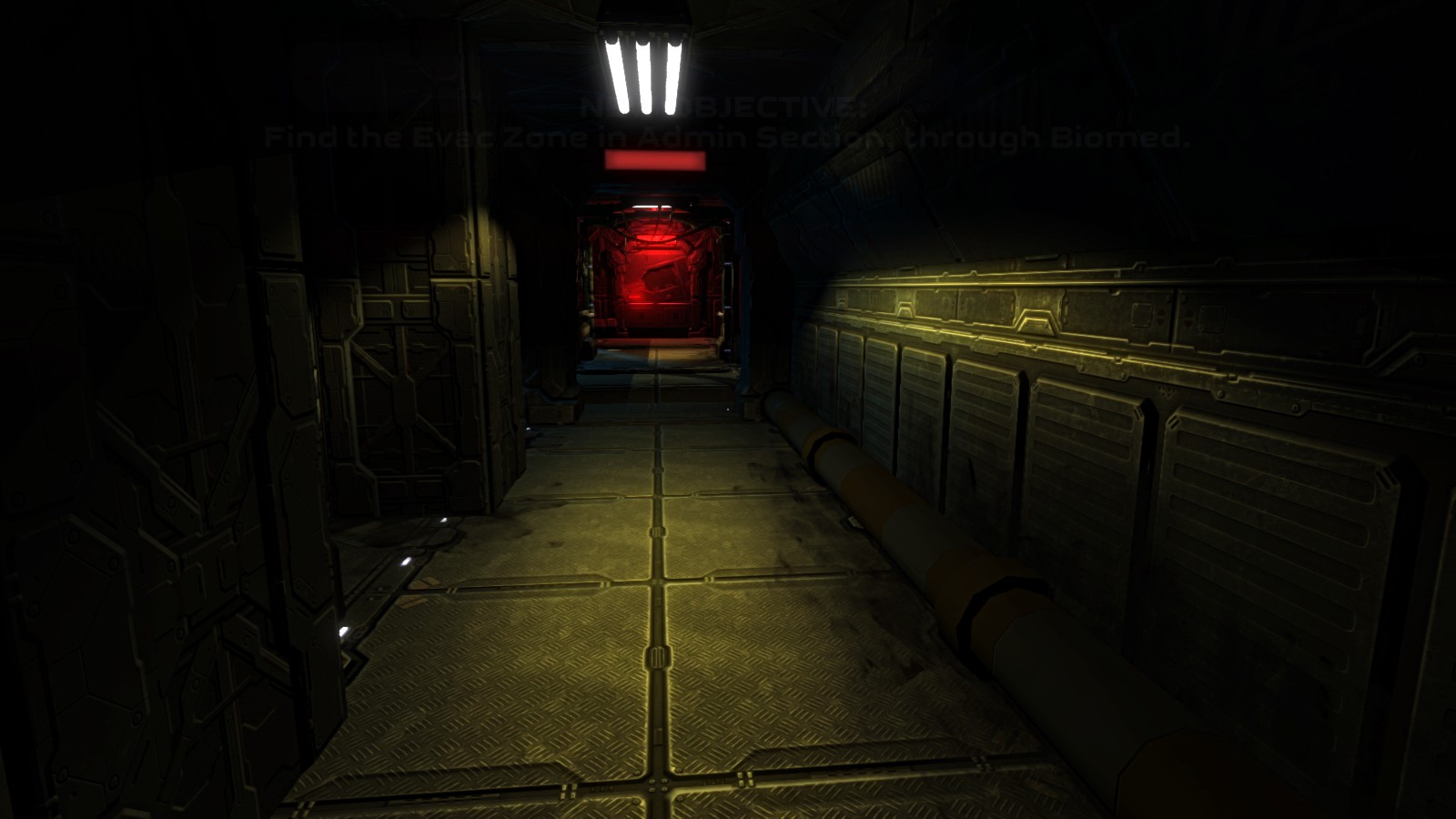 Ready to explore the darkened corridors of space?
Ready to explore the darkened corridors of space?
Phantaruk’s Environments
The level layouts and aesthetics are very much in the vein of the psychological sci-fi mind screw that was SOMA, but the voiceover segments found with the data cube throughout the game bring to mind the Metro series.
Graphically speaking, Phantaruk has a surprisingly high quality for a debut offering from an indie developer, and the various hallways and tech devices look slick as you sneak down corridors and avoid enemies. There are some notable exceptions, however, like the many re-used assets (you’ll notice identical work tables in many different areas, for instance).
It’s not all repetition though. The second major area of the game with the gray walls and glass doors shakes things up and feels like walking through a F.E.AR. level (just without any shooting.)
While a lot of the environment has a suitably moody vibe, the bloody sections found on the ground in particular aren’t very convincing – in fact it took me a moment the first time I came across a gore pile to realize what it was supposed to be.
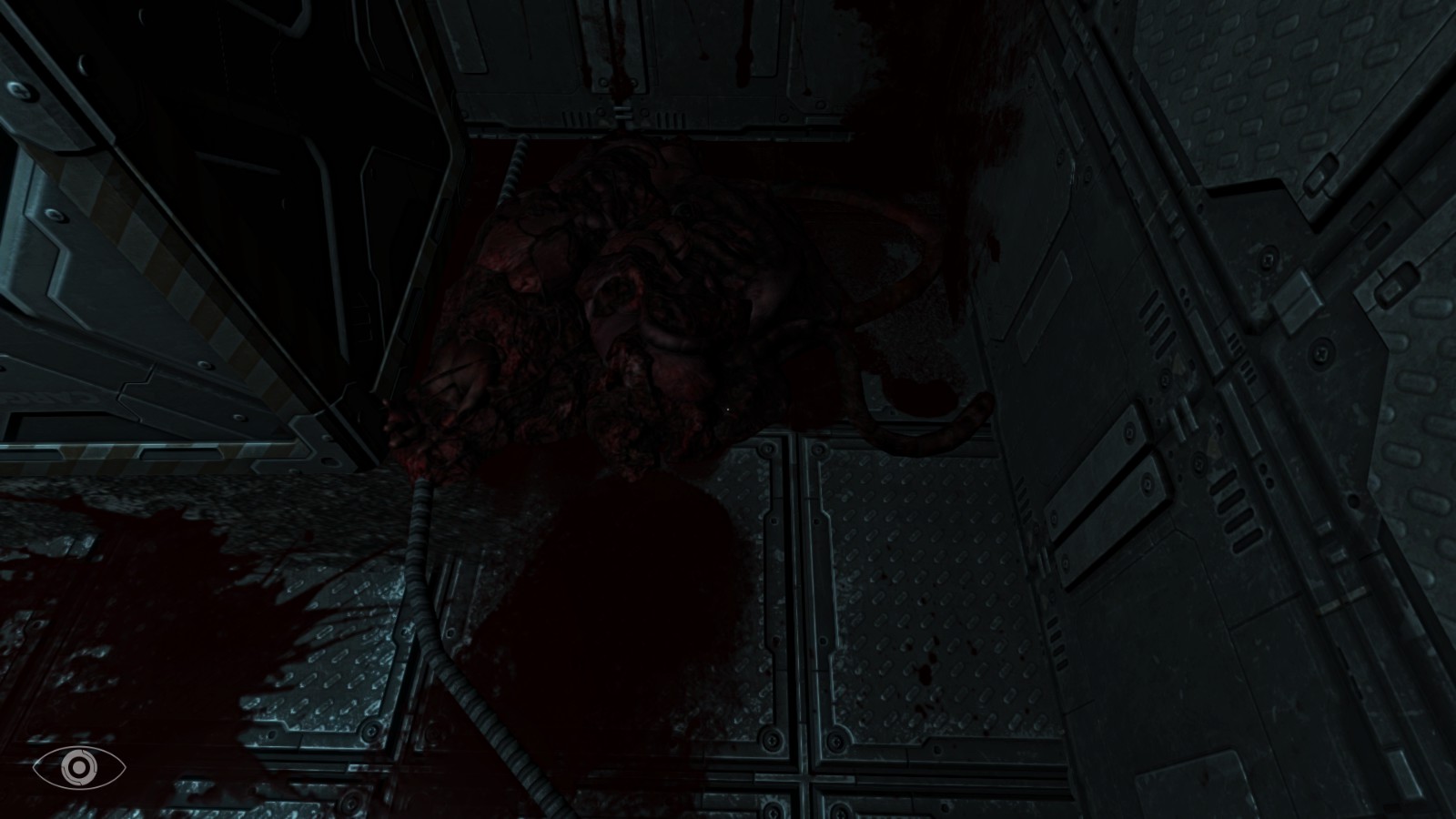 Bloody rags maybe? I honestly have no idea what they are going for here.
Bloody rags maybe? I honestly have no idea what they are going for here.
As a horror game meant to be played in the dark with headphones off, the sound also has to be mentioned. Other than the lame growl sound effects to warn you of the monster’s proximity, the rest of the audio is actually really top notch.
There’s loads of great creaks, groans, and sudden instrumental segments to ramp up the tension. If the developer could have made the enemies a little more menacing in the sound department, that would have gone a long way towards improving the horror factor.
Phantaruk’s Gameplay
With no fighting of any kind, the gameplay here is stripped down to wandering the corridors, reading journal logs, entering keycodes, and avoiding enemies.
There is another element added in here though, as the main character is infected with a toxin. Your toxicity level raises quickly, so you need a steady supply of antidote and have to rush through each puzzle to find more.
This mechanic unfortunately discourages exploration or really studying the surroundings on your first playthrough, as you will be rushing to complete an area before your toxicity hits 100 and you have to start over. Once you know the layout and find some of the hidden antidote spots, the mechanic sort of becomes a non-issue and there’s no sense of urgency at all.
The actual environments don’t have much to interact with beyond grabbing energy cells to power doors or typing in key codes. A big problem with the game is that lots of objects looks like you should be able to interact with them – a computer terminal, generator, big cable, etc. – but they are all actually just scenery. Unlike with SOMA or Layers Of Fear, you can’t open the various lockers, drawers, etc.
The “horror” of Phantaruk comes from avoiding the lumbering Resident Evil-meets-SOMA enemies, which is much less nerve wracking and stealth focused than in other games of this style.
Honestly you can just follow behind the enemies and never get noticed. After figuring out the line of sight radius, there was only a single time I was ever actually chased by the monster and had to hide for a few seconds until he wandered away. Considering they aren’t that scary to look at or be chased by, this critical element of the game is a flop.
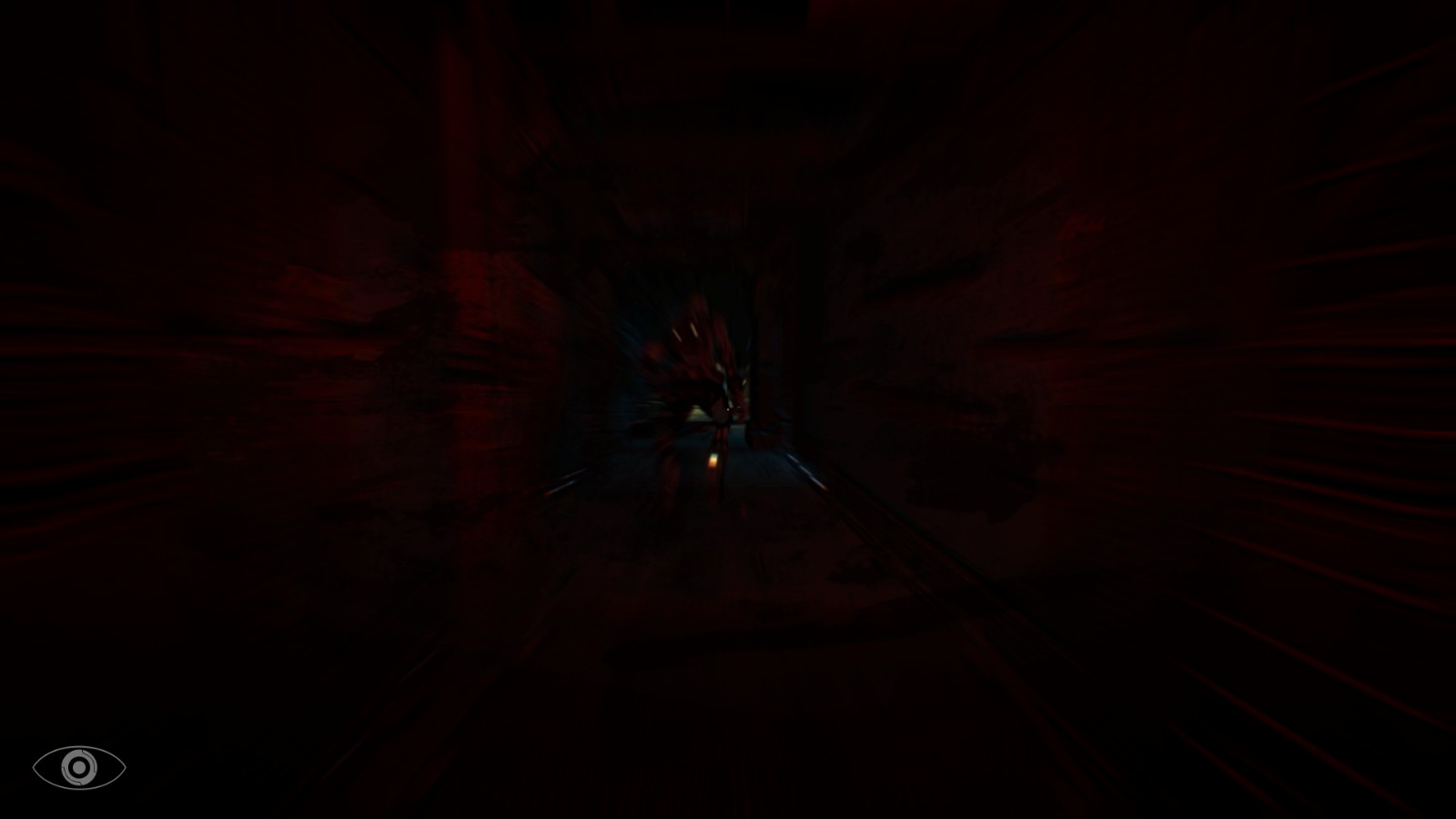 Enemies are pretty standard hulking mutant/zombies that blur the screen
Enemies are pretty standard hulking mutant/zombies that blur the screen
There are also some glitches in the gameplay, like the eyeball symbol popping up to let you know someone has spotted your location. It seems to be bugged and frequently pops up at totally random times when there are no enemies around.
Phantaruk’s Story
A major down point to the game is in the writing, which frankly isn’t amazing in the various notes found lying around (and on that note – why are people in this hyper advanced civilization leaving each other post it notes all over?).
The voiceovers on the other hand are quite atmospheric, but I frequently didn’t believe someone would actually sit down and record these over-the-top segments.
Another downside is that for much of the game there’s no real connection to the main character. You just wake up in an abandoned futuristic spaceship and start playing with no real reason to be doing anything. Eventually you learn about the company that owns the facility but very little about the actual main character.
There’s a strong contrast on that front with SOMA, which has a very similar opening premise, but works hard to make Simon a character you know and care about.
The Bottom Line
This is a short experience – you can beat it in 90 minutes or so – but there is some replay in finding hidden collectibles across the facility.
Sadly the core gameplay itself has a serious lack of scares, especially when the unkillable big baddy notices you. I always dreaded getting caught by the giant killer in Outlast because I knew something truly grisly was on the way. Here the confrontations are less scary than any given Resident Evil enemy encounter. Death simply consists of a low growl, a fist coming at you, and a red screen.
Phantaruk is clearly trying to weave in all the elements that made other sci-fi horror survival games work: the weird religion of Dead Space, the clone/identity issues of SOMA, the stalking death of Alien: Isolation, etc.
The problem is that none of it is done as well, and nothing new and unique is offered. It’s basically an amalgam of other, better games that ends up just being a shadow of what is being imitated.
Full disclosure: GameSkinny.com was given a free copy of this game in exchange for an honest review.

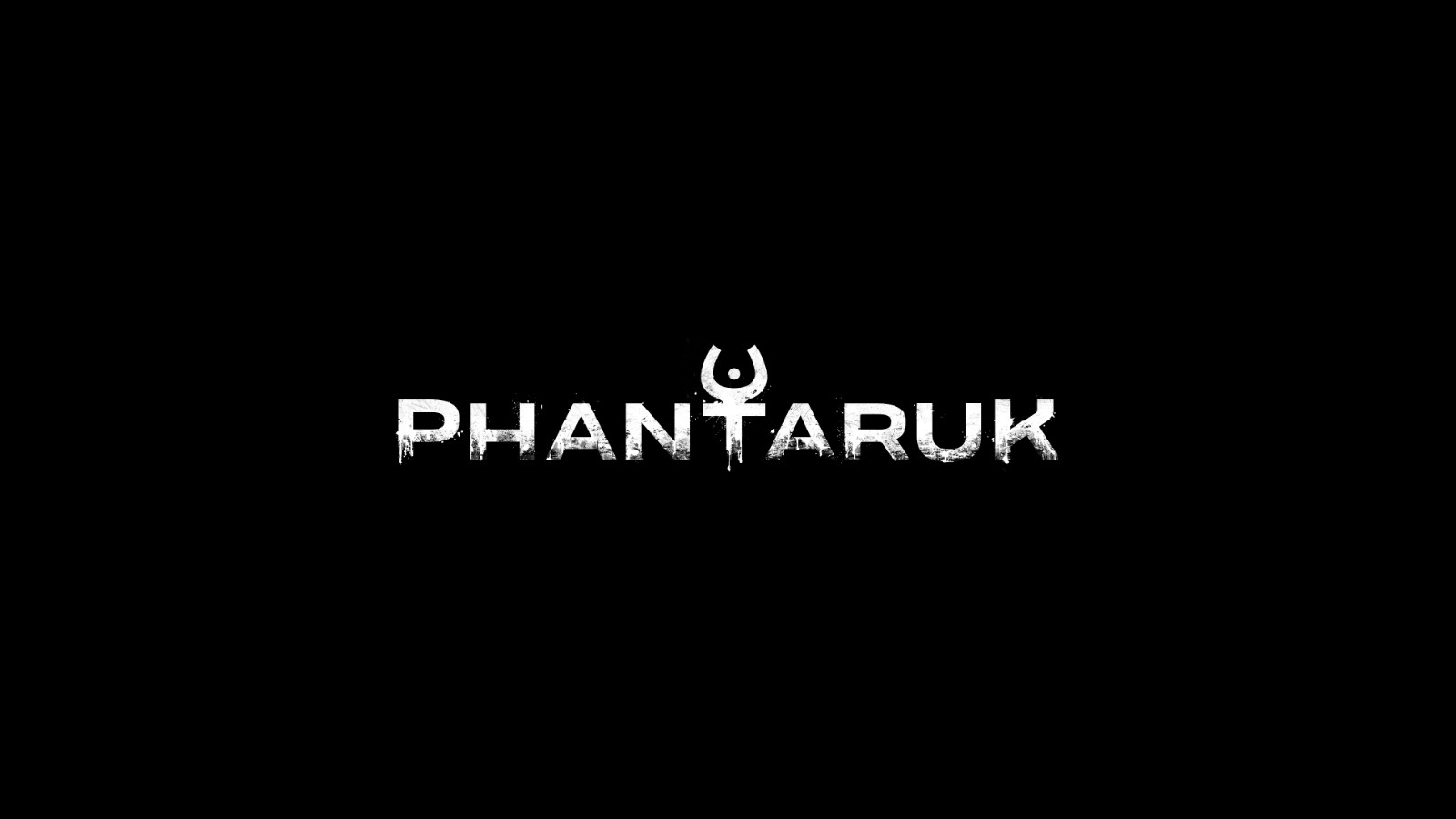
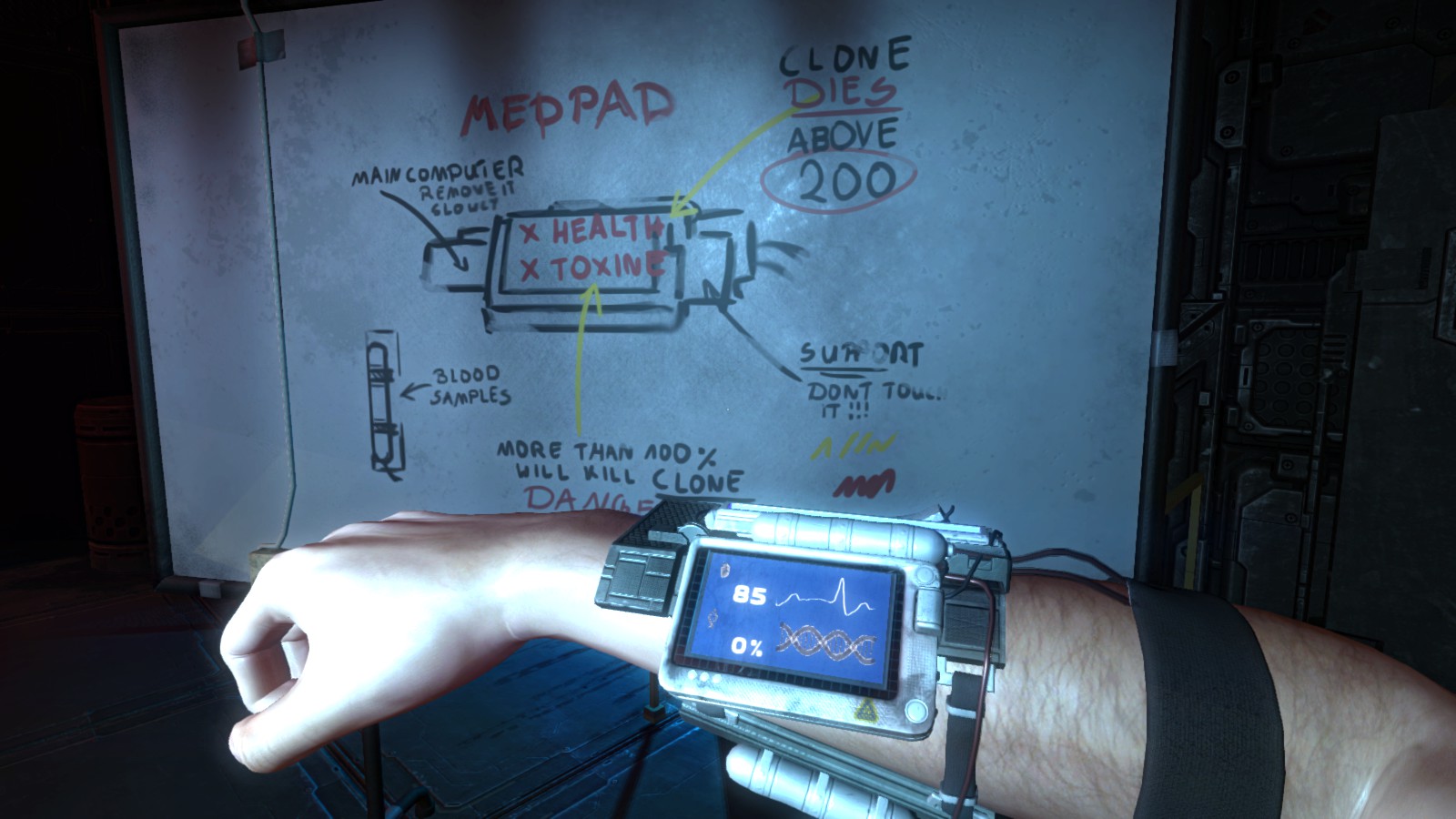
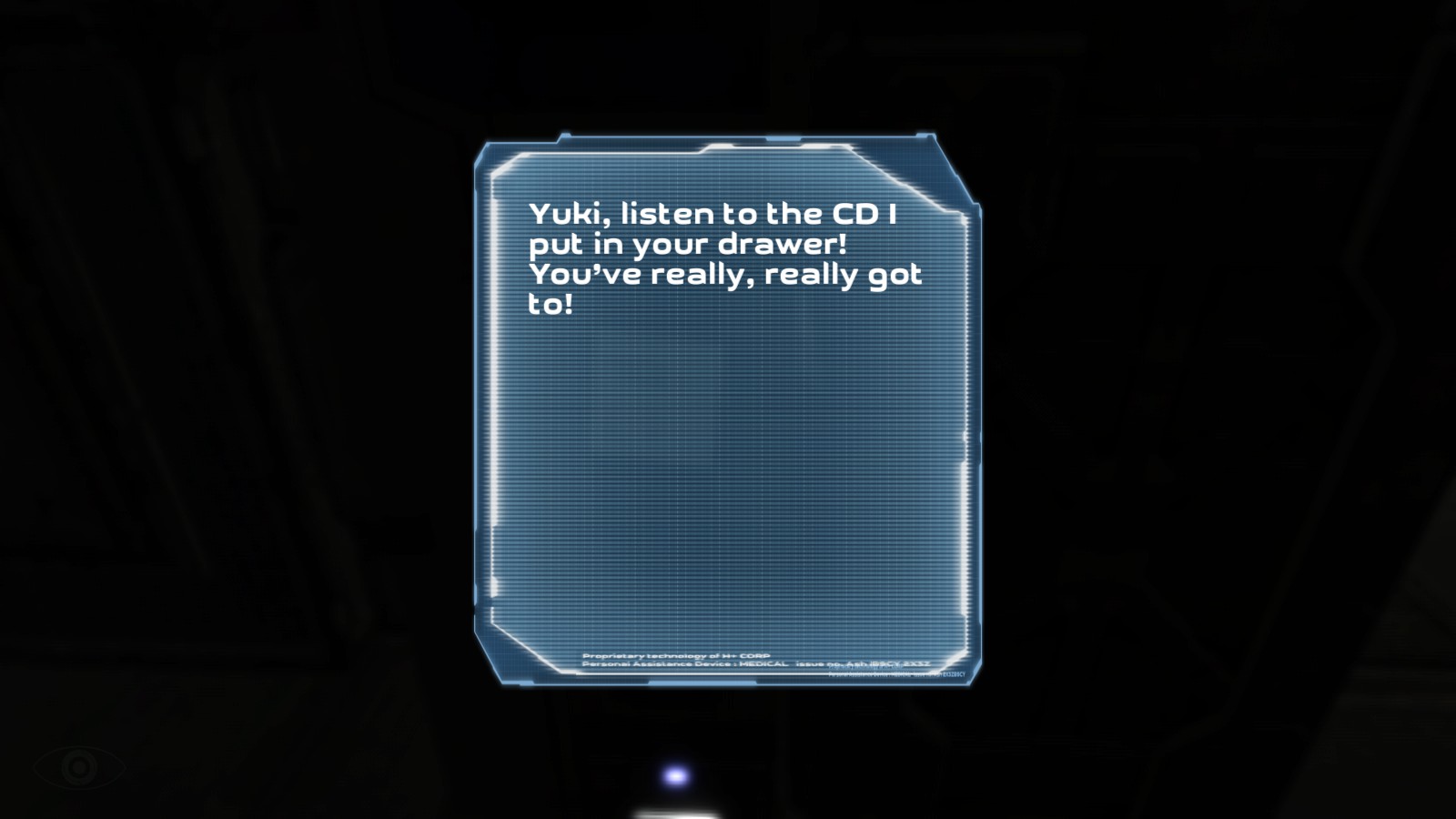





Published: Aug 22, 2016 03:02 pm